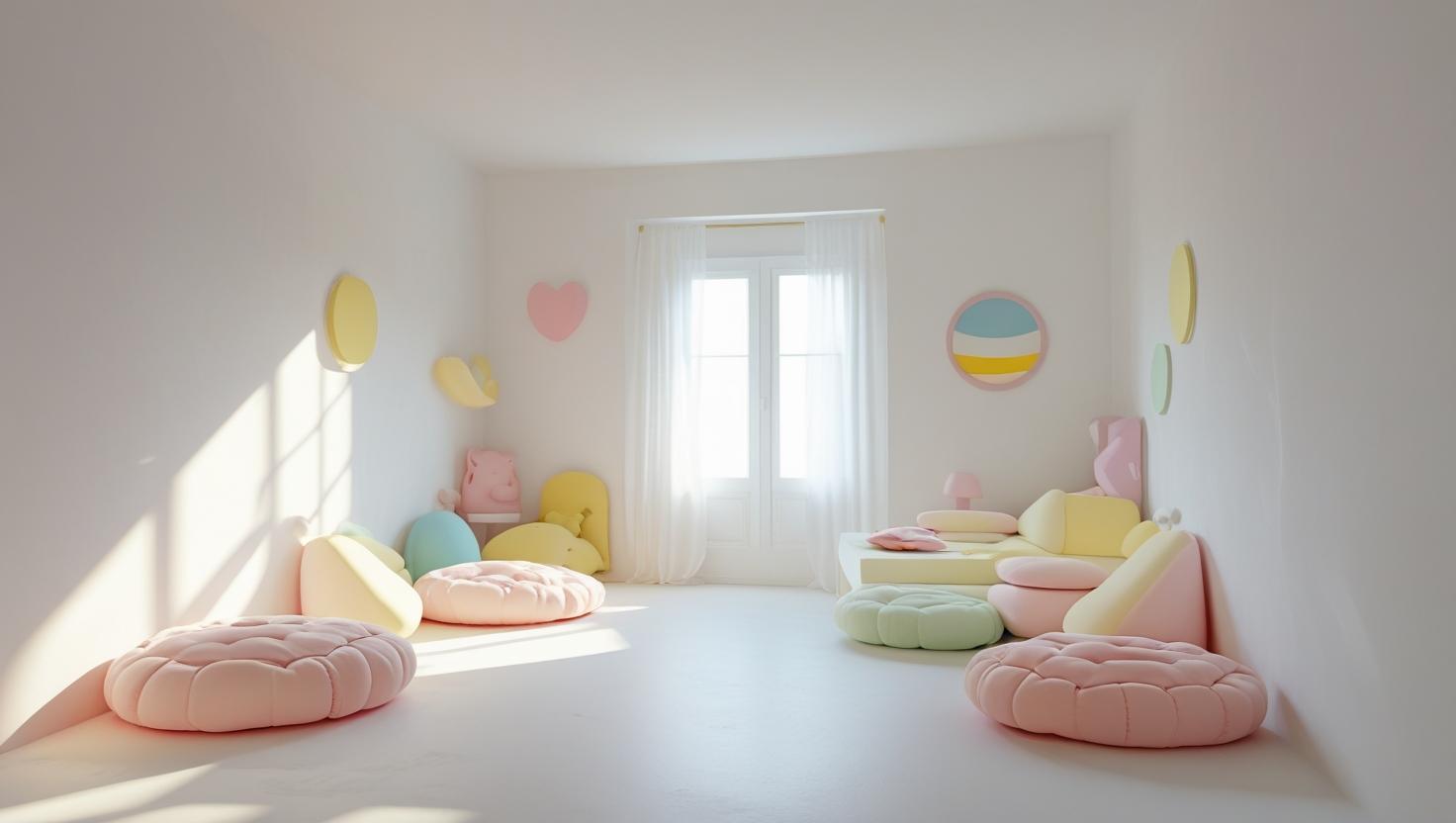Raising a child with autism or other developmental differences often means navigating the day with a high level of unpredictability. For many families, daily routines can feel chaotic — and for the child, this unpredictability can lead to anxiety and behavior challenges. That’s where visual schedules come in.
A visual schedule is more than just a chart — it’s a tool that brings structure, consistency, and independence to a child’s day.
A visual schedule is a sequence of images or symbols that represent activities or tasks. It visually communicates what’s happening next, helping a child understand and prepare for transitions.
Visual schedules can be:
You might post a morning routine schedule showing: Wake up → Brush teeth → Eat breakfast → Get dressed.
Children with autism often thrive on routine and predictability. Visual schedules:
These benefits aren’t limited to children with autism — any child can benefit from knowing what to expect.
You don’t need fancy tools. You can start simple:
Involve your child in the process. Let them help place the images or remove a task as it’s completed. This builds engagement and ownership.
Morning Routine:
After School Routine:
Over time, visual schedules can become a gateway to self-regulation. Children begin to internalize routines, anticipate transitions, and feel more in control of their day. For parents, this can mean fewer power struggles and more peaceful routines.
Implementing a visual schedule might seem like a small change, but the impact on your child’s sense of security and autonomy can be huge. It’s one of the simplest, most powerful tools in ABA — and one that parents can easily use at home every day.
.jpg)
When a child receives a developmental diagnosis, one of the first questions parents often ask is: “What should we do next?”
Read More
Applied Behavior Analysis (ABA) therapy is one of the most widely studied and effective interventions for children with autism spectrum disorder (ASD).
Read More.jpg)
Anxiety is common among children with autism and can impact learning, behavior, and quality of life
Read More